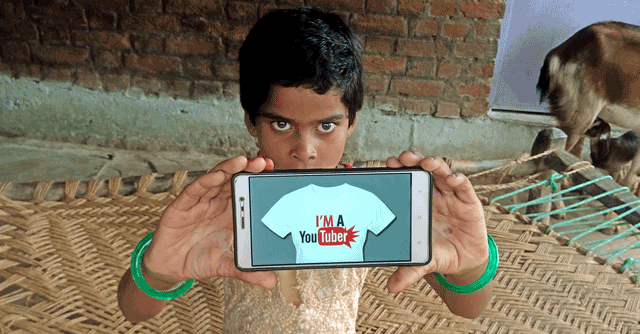
Live video platforms see route to monetization as rural users increase spends


Live video applications, which rushed to fill the void left by TikTok after it was banned, are starting to entice their target audience to spend more on these platforms. According to industry stakeholders, some platforms have seen spending from rural users double since January 2021.
Monetization has been an area of concern for such platforms, which have only been able to enhance their user-base so far. Influencer marketing experts have often said that they discourage brands from spending on these platforms because they’re new and don’t have evolved monetization tools and mechanisms like Instagram or even TikTok.
"Even in terms of monetisation, the more established platforms are way ahead of the smaller ones. Neither brands and nor creators have voluntarily mandated being on these apps, and a big reason for that is the lack of detailed analytics and data in terms of audience engagement and returns," said Shudeep Majumdar, co-founder and chief executive officer of influencer marketing firm Zefmo.

According to Varun Saxena, the co-founder of Bolo Live, a live video platform, the average daily spends by users from tier II cities grew from Rs 35 per day to Rs. 80 between January 2021 and now. He added that over three lakh users are spending money to watch live streams from creators on his platform, and over 85% of these users are from tier II and III cities.
On Bolo Live, users can buy digital gifts to send to creators. The revenue from these gifts is split between the platform and creators in a 70-30% ratio. The gifts are priced in the range of Rs. 10 to Rs. 500, and Saxena claimed that some users spend more than Rs. 10,000 on the platform on a monthly basis.
Further, Mansi Jain, senior vice president and general manager of Roposo, the live video platform owned by InMobi’s Glance platform, also said that 70% of the company’s 150,000 to 200,000 users come from tier II and III cities. She said that about 15% of the audience “actively engage” with the company’s products. Like Bolo Live, Roposo also offers users a virtual asset called Roposo Coins.

Virtual assets on short video platforms are not to be confused with cryptocurrencies. Unlike crypto, they cannot be traded and are usually not built on blockchain platforms.
Saxena claimed that as a result of this, top creators on the platform earn up to Rs. 1.4 lakh, while most earn at least Rs. 1500 per month from Bolo Live. Jain, on the other hand, said that viewers are spending at least Rs. 500 per user per month on their platform and about 20% of creators take home over Rs. 1 lakh every month.
In November 2021, a report by advisory services provider Media Partners Asia (MPA), estimated that India’s total video market, which includes on-demand services, short and live video, was valued at $11.6 billion at the time. The report added that creators were earning anywhere between $2500 to $65000 per month on such platforms.

Short video platforms have raised over $2 billion worth of investments in the past two years, which means monetization will be at the top of their agendas.
Gautam Madhavan, founder and chief executive of influencer marketing firm Mad Influence, noted that tier II and tier III users are the idea target group for live streaming social media platforms.
“These users collectively have more money to spend on these platforms than tier I users, and live streaming platforms are already seeing higher user spends – something that is visible through creator earnings through these platforms,” he said.

To be sure, there’s still work to be done. Ajay Barman, a former TikTok star who operated two accounts with a total of 3.5 million followers, said that a very limited number of creators are using newer platforms to publish original content, instead choosing Meta’s (formerly Facebook) Instagram. He said lacklustre monetization avenues for creators as a key reason for this.
The rising inflation in the country is also a threat, though Madhavan added that it hasn’t impacted brand spends in the influencer market space yet.
